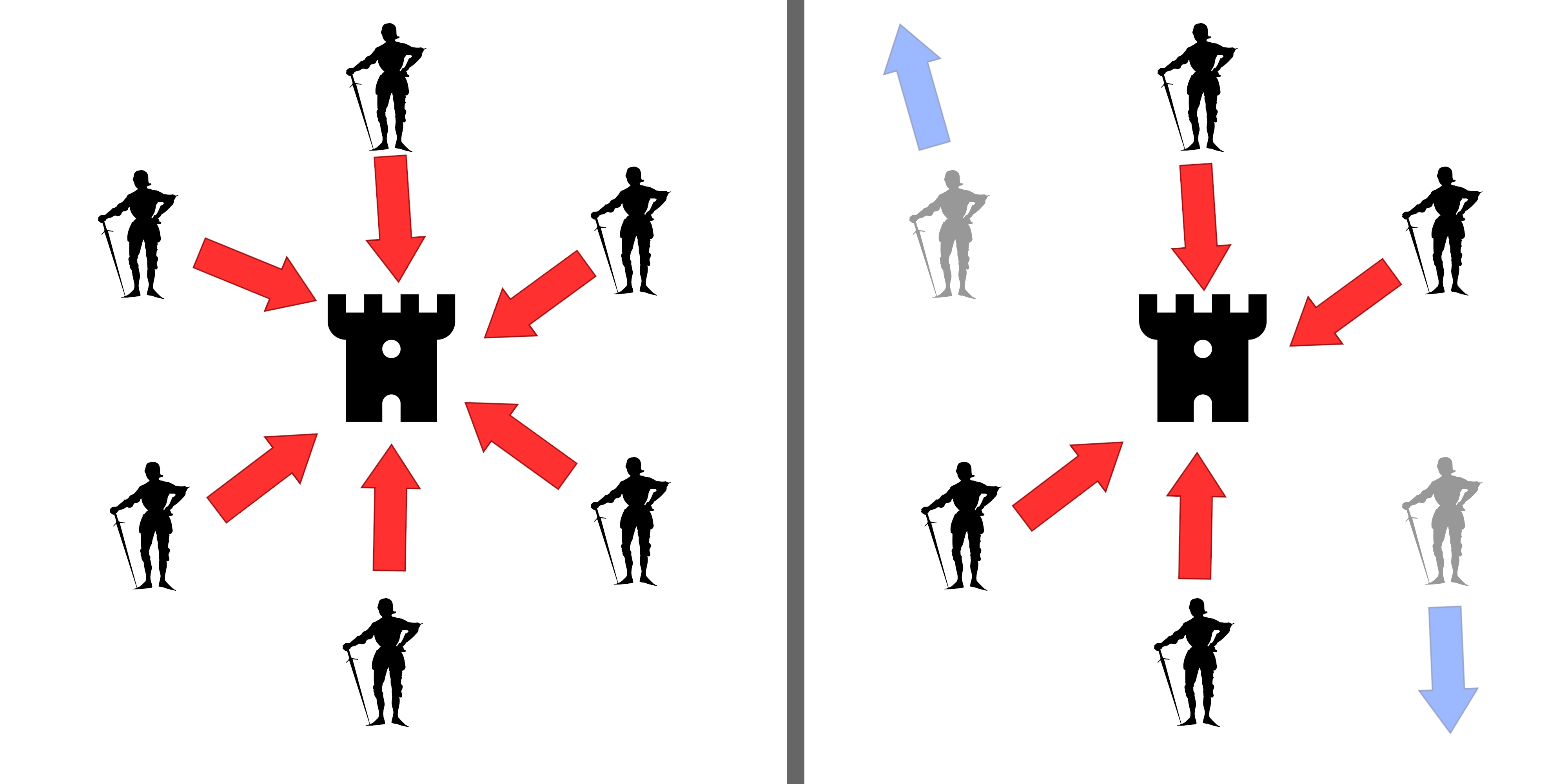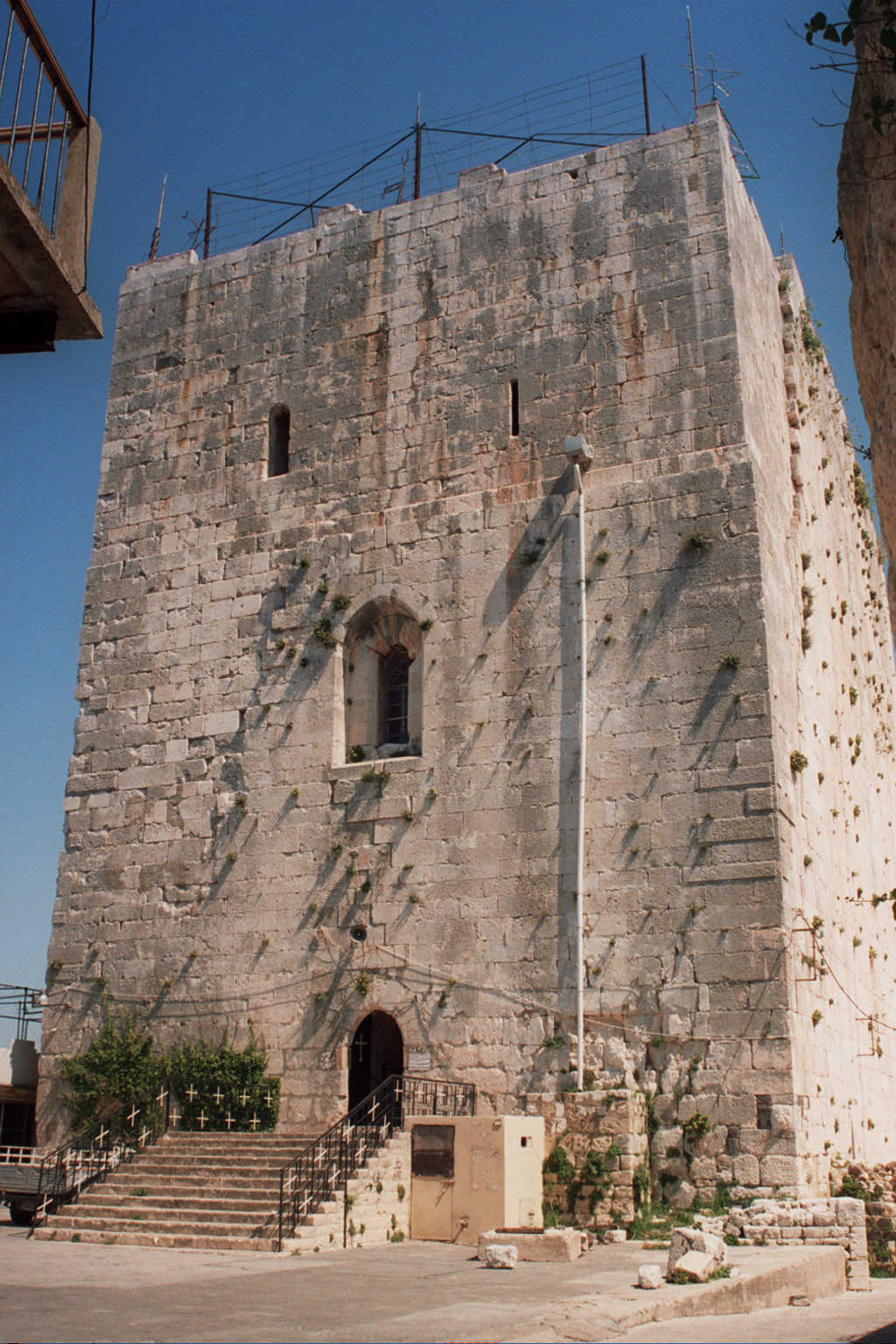|
Niketas Of Mistheia
Niketas of Mistheia was a Byzantine official, originally from Mistheia, and '' doux'' of Antioch (1030–1032). He was an eunuch who held the titles of ''patrikios'' and '' rhaiktor''. Career In 1030, Byzantine Emperor Romanos III Argyros appointed Niketas as ''katepano'' of Antioch, following the Battle of Azaz against the Mirdasid dynasty. Later on, he managed to force a coalition of Arab tribes led by Nasr ibn Musharraf al-Rawadifi to withdraw from besieging Maraclea. He then sacked 'Irqa and destroyed the village of Kurin. In December of the same year, the Byzantine generals Niketas of Mistheia and Symeon the ''protovestiarios'' besieged and captured Azaz, and burned Tubbal. In 1031, he took Balatunus from Banu al-Ahmar, some forts from Banu Ghannaj and Ibn al-Kashih, but failed to seize the fortress of Maniqa, as al-Rawadifi managed to burn their siege equipment. However, he re-sacked 'Irqa, taking many prisoners and cattle. He later organized another campaign to recaptu ... [...More Info...] [...Related Items...] OR: [Wikipedia] [Google] [Baidu] |
Byzantine Empire
The Byzantine Empire, also known as the Eastern Roman Empire, was the continuation of the Roman Empire centred on Constantinople during late antiquity and the Middle Ages. Having survived History of the Roman Empire, the events that caused the fall of the Western Roman Empire in the 5th centuryAD, it endured until the fall of Constantinople to the Ottoman Empire in 1453. The term 'Byzantine Empire' was coined only after its demise; its citizens used the term 'Roman Empire' and called themselves 'Romans'. During the early centuries of the Roman Empire, the western provinces were Romanization (cultural), Latinised, but the eastern parts kept their Hellenistic culture. Constantine the Great, Constantine I () legalised Christianity and moved the capital to Constantinople. Theodosius I, Theodosius I () made Christianity the state religion and Greek gradually replaced Latin for official use. The empire adopted a defensive strategy and, throughout its remaining history, expe ... [...More Info...] [...Related Items...] OR: [Wikipedia] [Google] [Baidu] |
Maniqa
Maniqa () is a castle located in the Syrian Coastal Mountain Range, dated back to the Roman era, it was also known as "Malikas" or "Malghanes" during the Crusader rule. History In 1028, Byzantine Megas doux, doux of Antioch Michael Spondyles was tricked by the Arab tribal leader Nasr ibn Musharraf al-Rawadifi to construct a fortress at Maniqa from where he would defend the Byzantine domains. Michael agreed and even sent a 1,000-strong garrison there, but when the fortress was finished, Nasr refused to hand it over, and with assistance from the qadi of Tripoli, Lebanon, Tripoli and the local Fatimid commander, he killed the garrison. In 1030, Byzantine Emperor Romanos III Argyros ordered Niketas of Mistheia, doux of Antioch, to recapture Maniqa from al-Rawadifi. Niketas managed to control the fort in 1031 after a 13-day siege, in which he also captured Nasr's wife and four daughters, who were abandoned to their fate.John Skylitzes, ''Synopsis of Histories'', 383.91–93 Niketas then ... [...More Info...] [...Related Items...] OR: [Wikipedia] [Google] [Baidu] |
Byzantine Generals
A Byzantine fault is a condition of a system, particularly a distributed computing system, where a fault occurs such that different symptoms are presented to different observers, including imperfect information on whether a system component has failed. The term takes its name from an allegory, the "Byzantine generals problem", developed to describe a situation in which, to avoid catastrophic failure of a system, the system's actors must agree on a strategy, but some of these actors are unreliable in such a way as to cause other (good) actors to disagree on the strategy and they may be unaware of the disagreement. A Byzantine fault is also known as a Byzantine generals problem, a Byzantine agreement problem, or a Byzantine failure. Byzantine fault tolerance (BFT) is the resilience of a fault-tolerant computer system or similar system to such conditions. Definition A Byzantine fault is any fault presenting different symptoms to different observers. A Byzantine failure is the los ... [...More Info...] [...Related Items...] OR: [Wikipedia] [Google] [Baidu] |
11th-century Byzantine People
The 11th century is the period from 1001 (represented by the Roman numerals MI) through 1100 (MC) in accordance with the Julian calendar, and the 1st century of the 2nd millennium. In the history of Europe, this period is considered the early part of the High Middle Ages. There was, after a brief ascendancy, a sudden decline of Byzantine power and a rise of Norman domination over much of Europe, along with the prominent role in Europe of notably influential popes. Christendom experienced a formal schism in this century which had been developing over previous centuries between the Latin West and Byzantine East, causing a split in its two largest denominations to this day: Roman Catholicism and Eastern Orthodoxy. In Song dynasty China and the classical Islamic world, this century marked the high point for both classical Chinese civilization, science and technology, and classical Islamic science, philosophy, technology and literature. Rival political factions at the Song dynast ... [...More Info...] [...Related Items...] OR: [Wikipedia] [Google] [Baidu] |
Constantine Karantenos
Constantine most often refers to: * Constantine the Great, Roman emperor from 306 to 337, also known as Constantine I * Constantine, Algeria, a city in Algeria Constantine may also refer to: People * Constantine (name), a masculine given name and surname Roman/Byzantine emperors * Constantine II (emperor) * Constantine III (Western Roman emperor) * Constantine III (Byzantine emperor) * Constantine IV * Constantine V * Constantine VI * Constantine VII Porphyrogenitus * Constantine VIII * Constantine IX Monomachos * Constantine X Doukas * Constantine XI Palaiologos Emperors not enumerated * Tiberius II, reigned officially as "Constantine" * Constans II, reigned officially as "Constantine" * Constantine (son of Leo V) * Constantine (son of Theophilos) * Constantine (son of Basil I) * Constantine Lekapenos * Constantine Doukas (co-emperor) * Constantine Laskaris (?) Other rulers * Constantine I, Prince of Armenia * Constantine II, Prince of Armenia * Constantine I, ... [...More Info...] [...Related Items...] OR: [Wikipedia] [Google] [Baidu] |
Constantinople
Constantinople (#Names of Constantinople, see other names) was a historical city located on the Bosporus that served as the capital of the Roman Empire, Roman, Byzantine Empire, Byzantine, Latin Empire, Latin, and Ottoman Empire, Ottoman empires between its consecration in 330 until 1930, when it was renamed to Istanbul. Initially as New Rome, Constantinople was founded in 324 during the reign of Constantine the Great on the site of the existing settlement of Byzantium, and shortly thereafter in 330 became the capital of the Roman Empire. Following the collapse of the Western Roman Empire in the late 5th century, Constantinople remained the capital of the Eastern Roman Empire (also known as the Byzantine Empire; 330–1204 and 1261–1453), the Latin Empire (1204–1261), and the Ottoman Empire (1453–1922). Following the Turkish War of Independence, the Turkish capital then moved to Ankara. Although the city had been known as Istanbul since 1453, it was officially renamed as Is ... [...More Info...] [...Related Items...] OR: [Wikipedia] [Google] [Baidu] |
Anushtakin Al-Dizbari
Sharaf al-Maʿālī Abu Manṣūr Anūshtakīn al-Dizbarī (died January 1042) was a Fatimid Caliphate, Fatimid statesman and general who became the most powerful Fatimid governor of Bilad al-Sham, Syria. Under his Damascus-based administration, all of Syria was united under a single Fatimid authority. Near-contemporary historians, including Ibn al-Qalanisi of Damascus and Ibn al-Adim of Aleppo, noted Anushtakin's wealth, just rule and fair treatment of the population, with whom he was popular. An ethnic Oghuz Turks, Turk, Anushtakin was enslaved in his homeland of Transoxiana and sold in Damascus in 1009 to Dizbar ibn Awnim, a Daylamite Fatimid officer. After working as a guard for Dizbar's properties, Anushtakin became a ''ghilman, ghulam'' (slave soldier) in Caliph al-Hakim bi Amr Allah, al-Hakim's court in Cairo, and in 1014/15, was made an officer. Between 1017 and 1023, Anushtakin grew wealthy, gained local renown, and developed a deep understanding of Syrian affairs during h ... [...More Info...] [...Related Items...] OR: [Wikipedia] [Google] [Baidu] |
Bani Qahtan Castle
Bani Qahtan castle () is found in the Syrian Coastal Mountains, about 40 km from Latakia city. The Bani Qahtan Castle also refers to the small village surrounding the castle. It is administratively part of the Ayn al-Sharqiyah subdistrict of the Jableh District of Latakia Governorate. According to the Syria Central Bureau of Statistics, it had a population of 347 in the 2004 census.General Census of Population and Housing 2004 History The castle which was known as Bikisrail, was controlled by Byzantine doux of , |
Harim Mountains
Harim Mountains ( ) are highlands in the north of Idlib Governorate in northwestern Syria. The mountains are located in the Harem District, Harim and Jisr al-Shughur District, Jisr Shughur districts of Idlib Governorate. Location and description The Harim highlands are located between 36◦22′–36◦40′ E and 35◦46′–36◦14′ N on the westernmost part of the Aleppo plateau. They cover about 600 km2. The Orontes river valley forms the western boundary. Al-Ruj Plain () is located to the south. The Ruj plain and the northern Idlib plain run along the eastern boundary. The al-Dana, Harem, Dana plain (part of the northern Idlib plain) separates the Harim mountains from Mount Simeon to the northwest. The valley of Afrin River, River Afrin and Amik lake, Lake Amiq surround Harim mountains from north. The mountains include three massifs: Mount Halqa () and Mount Barisha () form the first massif from the east. Mount Halqa (meaning "circle mountain") refers to low rocky ... [...More Info...] [...Related Items...] OR: [Wikipedia] [Google] [Baidu] |
Druze
The Druze ( ; , ' or ', , '), who Endonym and exonym, call themselves al-Muwaḥḥidūn (), are an Arabs, Arab Eastern esotericism, esoteric Religious denomination, religious group from West Asia who adhere to the Druze faith, an Abrahamic religions, Abrahamic, Monotheism, monotheistic, and Religious syncretism, syncretic religion whose main tenets assert the unity of God, reincarnation, and the eternity of the soul. Although the Druze faith developed from Isma'ilism, Druze do not identify as Muslims. They maintain Arabic language and Arabic culture, culture as integral parts of their identity, with Arabic being their primary language. Most Druze religious practices are kept secret, and conversion to their religion is not permitted for outsiders. Interfaith marriages are rare and strongly discouraged. They differentiate between spiritual individuals, known as "uqqāl", who hold the faith's secrets, and secular ones, known as "juhhāl", who focus on worldly matters. Druze be ... [...More Info...] [...Related Items...] OR: [Wikipedia] [Google] [Baidu] |
Safita
Safita ( '; , ''Sōpūte'') is a city in the Tartus Governorate, western Syria, located to the southeast of Tartus and to the northwest of Krak des Chevaliers. It is situated on the tops of three hills and the valleys between them, in the Syrian Coastal Mountain Range. According to the Syria Central Bureau of Statistics (CBS), Safita had a population of 20,301 in the 2004 census. It has a religiously mixed population of mostly Greek Orthodox Christians and Alawites. The Crusader-built fortress of Chastel Blanc in Safita enabled the city to historically dominate the surrounding region. Safita served as the center of a large rural district throughout Ottoman rule (1517–1918). Its influence receded with the administrative rise and economic development of the nearby port town of Tartus and the dimunition of its jurisdiction beginning under French Mandatory rule (1923–1946) and continuing post-Syrian independence. Safita shares close economic ties with Tartus, as well as havi ... [...More Info...] [...Related Items...] OR: [Wikipedia] [Google] [Baidu] |




